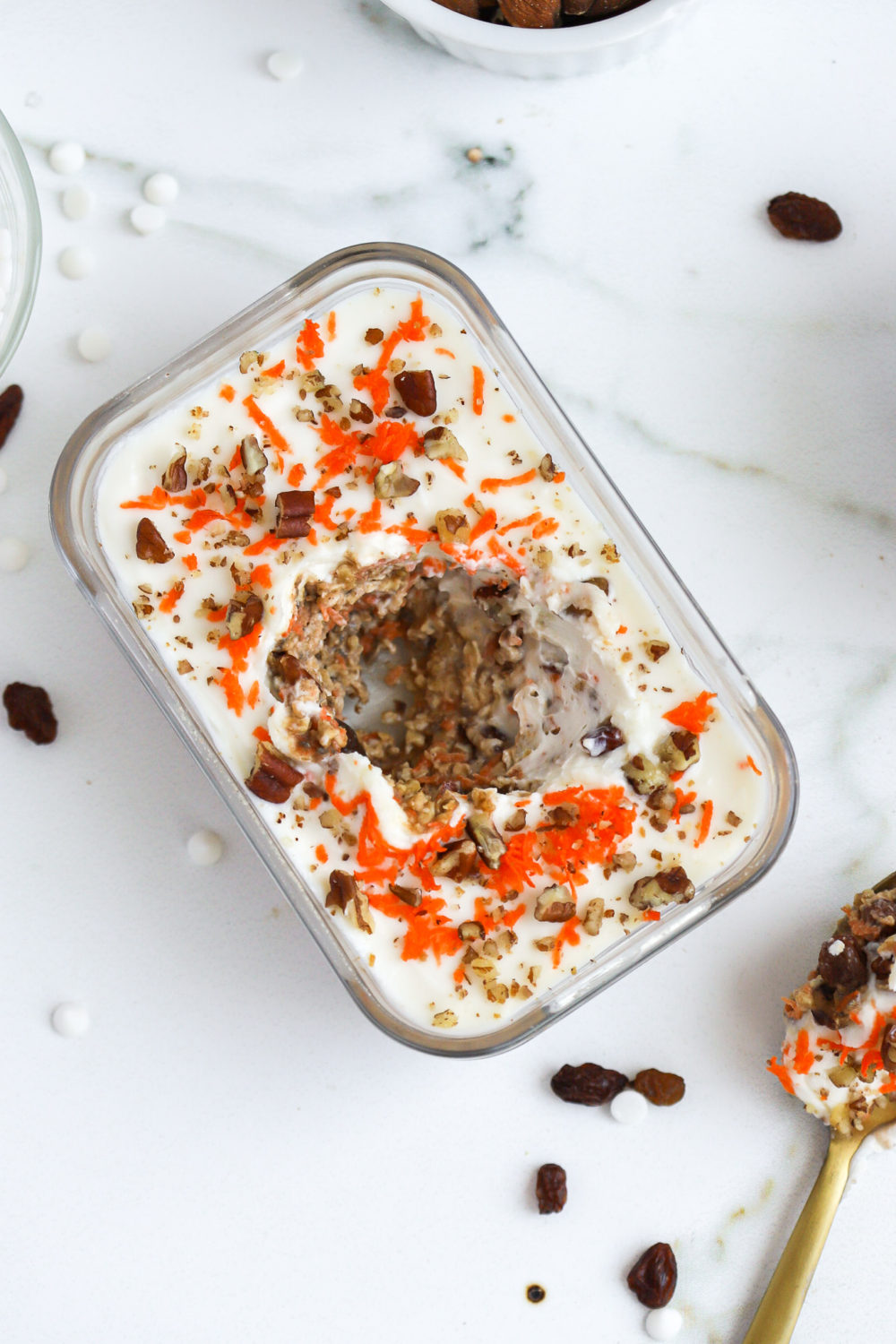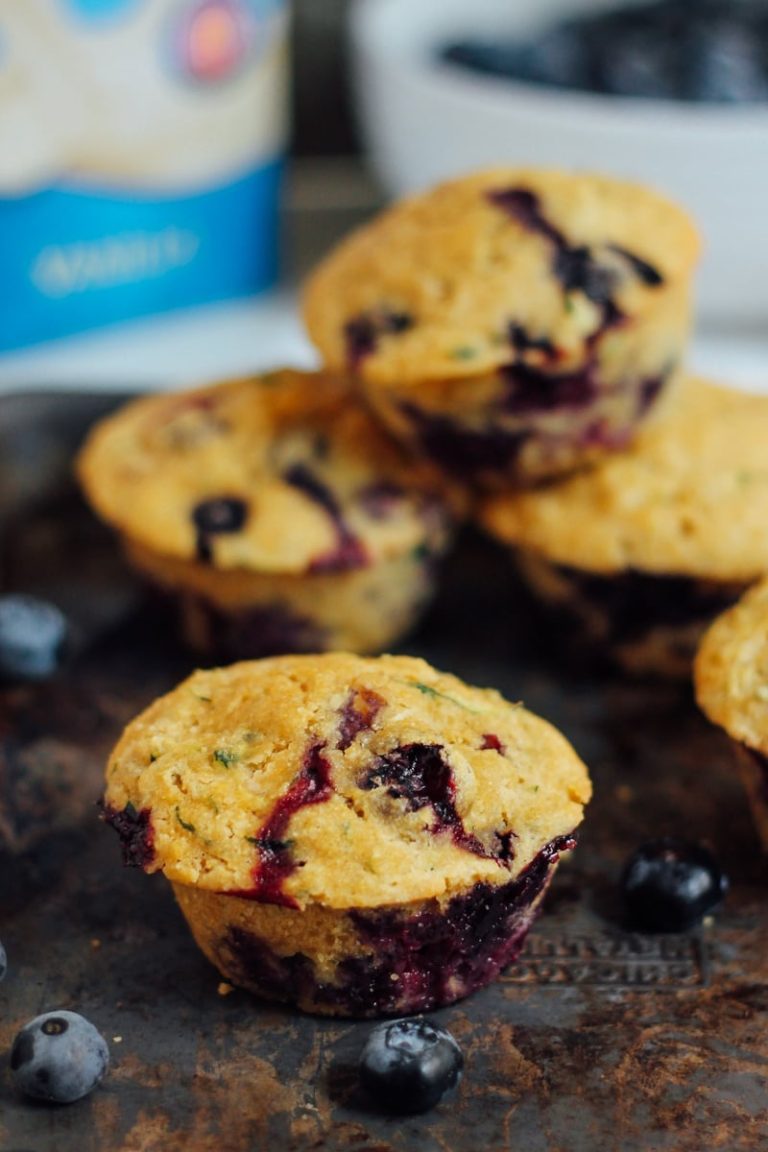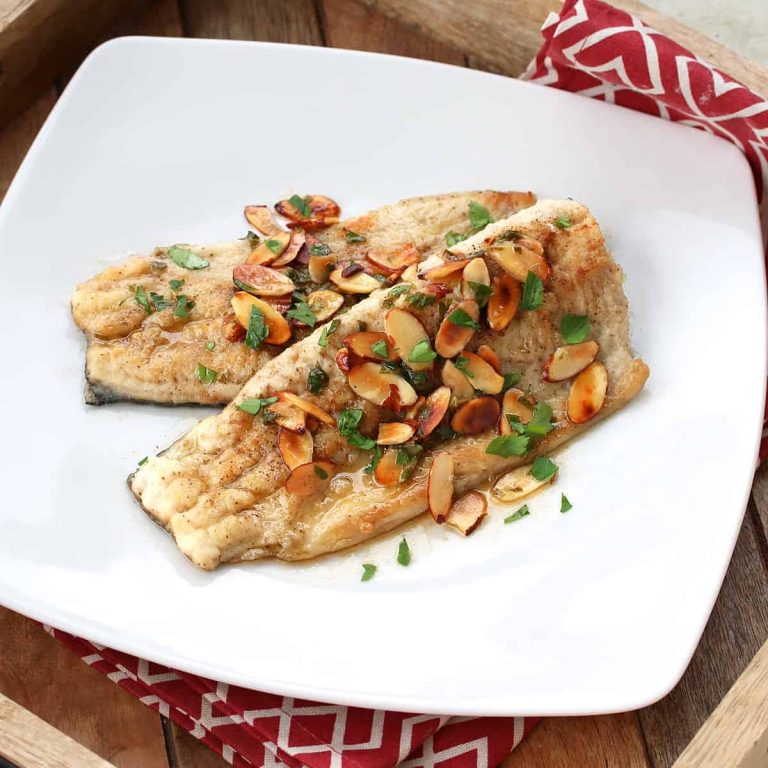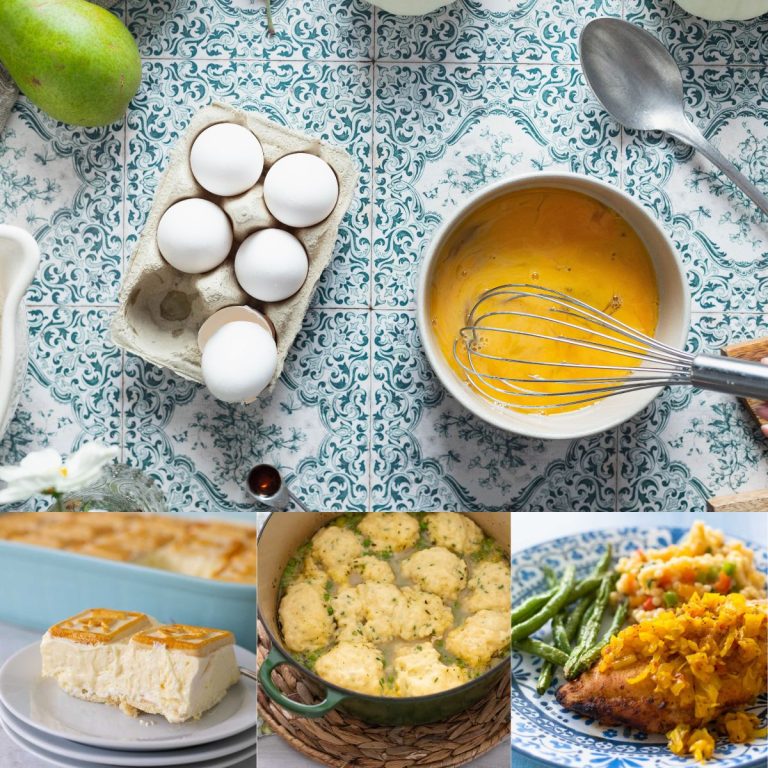Oatmeal Cake: History, Recipes, and Health Benefits
Oatmeal cake’s history traces back to Scotland and Ireland. Oats, a key ingredient, thrive in their temperate climates. You’ve seen these oats used in various forms, such as porridge and oatcakes. The concept of integrating oats into sweet dishes evolved over centuries. Traditional recipes typically included simple ingredients—oats, sugar, eggs, and butter. Over time, variations emerged across different cultures, adapting to local preferences and ingredient availability. In the 20th century, oatmeal cake gained popularity in the United States, often featuring delicious toppings like coconut and nuts. This American adaptation added a layer of richness and texture to the original concept.
Cultural Significance
Oatmeal cake holds cultural significance due to its humble ingredients and versatile nature. In Scotland and Ireland, oats represent nourishment and sustenance. These cultures have relied on oats for centuries, making oatmeal cake a symbol of comfort and tradition. In the United States, oatmeal cake became a staple in many homes, especially during the Great Depression when affordable and filling desserts were essential. Today, oatmeal cake’s legacy continues, celebrated for its hearty, nutritious profile and its ability to bring families together around the table.
Key Ingredients of Oatmeal Cake
Oats: The Primary Component
Oats are the heart of oatmeal cake. These whole grains not only provide a robust texture but also offer nutritional benefits such as fiber and protein. Rolled oats, often used due to their consistency, blend seamlessly into the batter, ensuring a moist, chewy cake. You might also find quick oats in some recipes for a finer texture.
Sweeteners and Spices
Sweeteners, like brown sugar and granulated sugar, enhance the flavor of oatmeal cake. Brown sugar, with its molasses content, adds a deeper, caramel-like taste, while granulated sugar ensures balanced sweetness. Spices, such as cinnamon and nutmeg, introduce warmth and complexity. These spices pair well with the oats’ nuttiness, creating a harmonious flavor profile.
Optional Add-ins
Optional add-ins allow you to customize your oatmeal cake. Common additions like raisins, nuts, and coconut add extra texture and flavor. Raisins provide bursts of natural sweetness, nuts like walnuts or pecans add crunch, and coconut imparts a subtle sweetness. Chocolate chips or dried cranberries can also be included for variety. These elements make each oatmeal cake unique, enhancing its appeal and catering to diverse preferences.
Popular Oatmeal Cake Recipes
Classic Oatmeal Cake with Broiled Topping
Classic oatmeal cake, known for its rich flavor and moist texture, features a broiled topping. This cake typically combines oats, sugar, flour, eggs, and butter. Upon baking, the cake is topped with a mixture of brown sugar, shredded coconut, and chopped nuts, then broiled until the topping caramelizes and turns golden brown.
Ingredients:
- 1 cup old-fashioned oats
- 1 1/4 cups boiling water
- 1 1/2 cups all-purpose flour
- 1/2 cup butter, softened
- 1 cup brown sugar
- 1 teaspoon vanilla extract
- 2 large eggs
- 1 teaspoon baking powder
- 1 teaspoon cinnamon
- 1/2 teaspoon salt
Topping:
- 6 tablespoons butter, melted
- 1 cup brown sugar
- 1 cup shredded coconut
- 1/2 cup chopped nuts
Directions:
- Pour boiling water over oats in a large bowl. Let them sit for 20 minutes.
- Preheat the oven to 350°F. Grease a 9×13-inch baking dish.
- Mix butter, brown sugar, and eggs in another bowl. Add the soaked oats and vanilla extract. Stir in flour, baking powder, cinnamon, and salt.
- Pour batter into the prepared dish and bake for 30-35 minutes.
- Combine topping ingredients. Spread over the baked cake.
- Set the oven to broil. Broil the cake for 2-3 minutes, monitoring closely.
Gluten-Free and Vegan Variations
For those with dietary restrictions, gluten-free and vegan oatmeal cake variations offer delicious alternatives. To make the cake gluten-free, substitute oat flour or a gluten-free flour blend for traditional all-purpose flour. For vegan versions, replace eggs and dairy with plant-based alternatives.
Ingredients:
- 1 cup certified gluten-free oats
- 1 1/4 cups boiling water
- 1 1/2 cups gluten-free flour blend
- 1/2 cup coconut oil, softened
- 1 cup coconut sugar
- 1 teaspoon vanilla extract
- 2 flax eggs (2 tablespoons ground flaxseed mixed with 6 tablespoons water)
- 1 teaspoon baking powder
- 1 teaspoon cinnamon
- 1/2 teaspoon salt
Topping:
- 6 tablespoons coconut oil, melted
- 1 cup coconut sugar
- 1 cup unsweetened shredded coconut
- 1/2 cup chopped nuts
- Pour boiling water over oats in a large bowl. Let them sit for 20 minutes.
- Preheat the oven to 350°F. Grease a 9×13-inch baking dish.
- Mix coconut oil, coconut sugar, and flax eggs in another bowl. Add
Nutritional Benefits of Oatmeal Cake
Discussing Fiber Content and Heart Health
Oatmeal cake provides a significant source of dietary fiber. Each serving contains approximately 4 grams of fiber, which contributes to digestive health and regularity. Soluble fiber in oats can reduce cholesterol levels, promoting heart health. Soluble fiber forms a gel-like substance in your intestines, which helps lower the absorption of cholesterol into your bloodstream. Consuming foods rich in fiber, such as oatmeal cake, can balance your blood sugar levels, reducing the risk of diabetes.
Caloric Considerations
Oatmeal cake offers a moderate caloric intake compared to other desserts. A typical slice contains between 200 and 300 calories, depending on the specific ingredients used. For example, using less sugar or substituting with honey can reduce calorie content slightly. The nutrients provided by oats, like proteins and healthy fats, add to your diet’s value without excessive caloric load. Balance oatmeal cake consumption with physical activity to maintain a healthy weight.
Baking Tips and Tricks
Achieving the Perfect Texture
Selecting the right oats is crucial for texture. Use old-fashioned rolled oats for a chewy consistency and avoid instant oats that can become mushy. Soak oats in hot water for at least 20 minutes before mixing to ensure they soften adequately.
Mix dry and wet ingredients separately to distribute them evenly before combining. This method helps prevent over-mixing that can lead to dense cake.
Incorporate buttermilk or yogurt for a moist crumb. They add moisture and tanginess, enhancing flavor while maintaining a tender texture.
Storage and Serving Suggestions
Store oatmeal cake in an airtight container to retain freshness. Keep at room temperature for up to three days or refrigerate for up to a week. For long-term storage, freeze in individual slices wrapped in plastic and aluminum foil. Thaw at room temperature or microwave on low power.
Serve oatmeal cake warm or at room temperature. Pair with cream cheese frosting or a simple glaze for added sweetness. Fresh berries, chopped nuts, or a dollop of whipped cream improve its presentation and flavor.
Conclusion
Exploring the world of oatmeal cake reveals a rich history and diverse recipe options. Whether you prefer a traditional approach or need a gluten-free or vegan version, there’s an oatmeal cake for you. The nutritional benefits make it a guilt-free indulgence, especially when you balance it with an active lifestyle.
Remember to follow the baking tips for the perfect texture and experiment with different toppings to elevate your dessert. Enjoy your oatmeal cake warm or at room temperature, and don’t hesitate to get creative with your garnishes. Happy baking!






